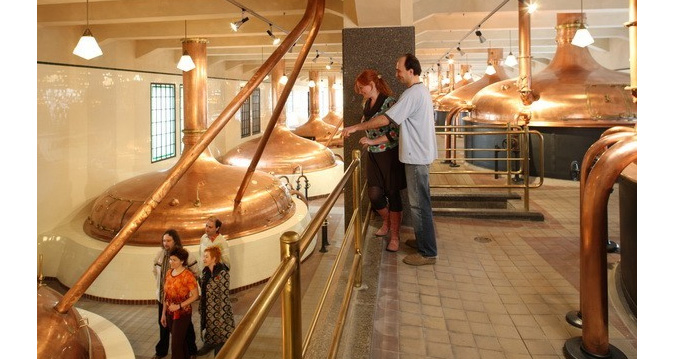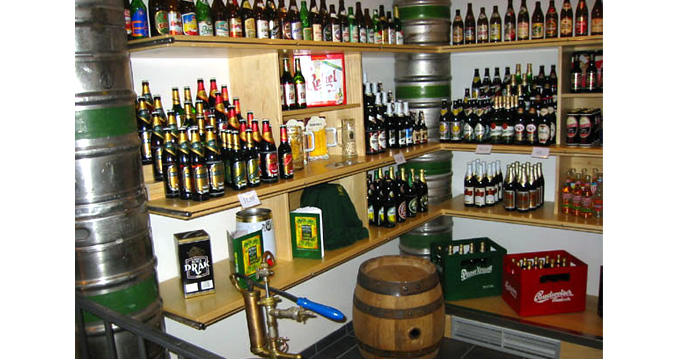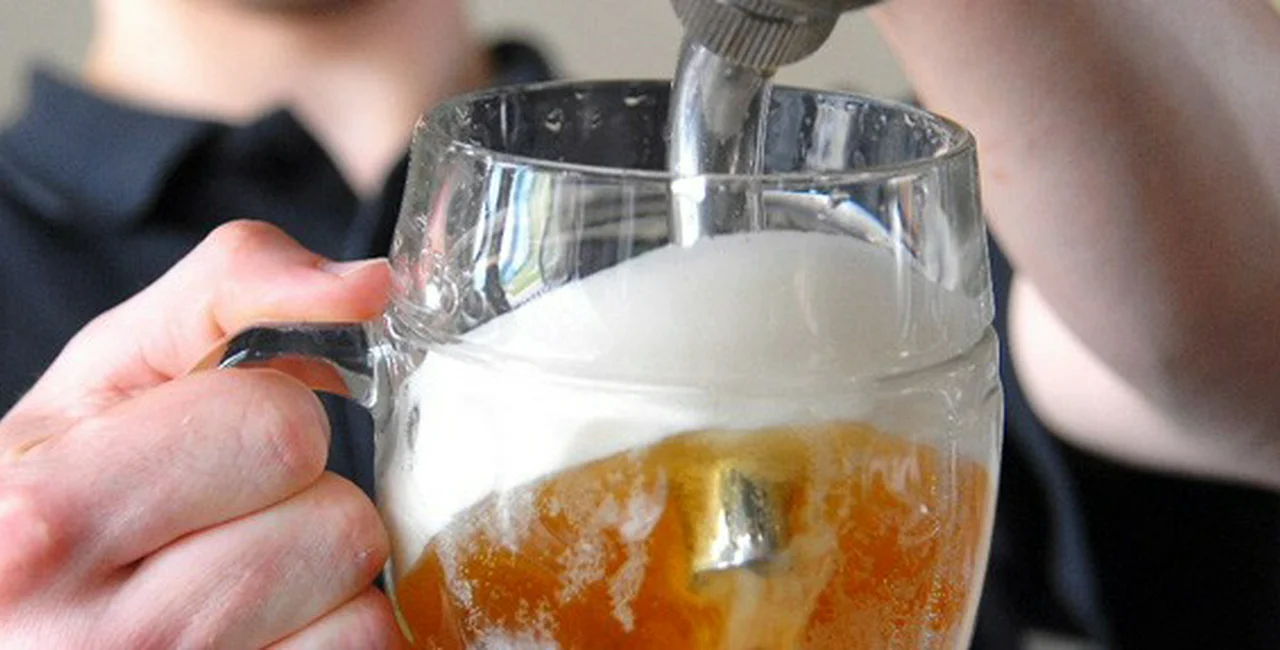If you have ever visited a brewery, you may have noticed how vibrant and alive the beer tastes. This freshness is because beer is best consumed at its birthplace; once it leaves the brewery, it inevitably starts to degrade. However, owners of pubs, restaurants and bars who care about beer can take steps to provide the best tasting product possible. Let’s take a look at ways to recognize who is taking care of their beer, and what some places could do better.
Beer has such a wide range of styles, and each one can have different needs; this makes it nearly impossible to talk about “beer” in general. For example, some styles, but not all, improve with age, and some prefer warmer temperatures. Therefore, I want to specify that in this article we are talking about lager or pilsner, the most consumed beer in the Czech Republic and in the world.
If you have ever read an interview, or watched this video, you will have heard Pilsner Urquell’s Trade Brewmaster Václav Berka talk about the three main enemies of beer: time, temperature, and light. These factors are controlled at the brewery, but once the beer leaves, its list of enemies grows. For example, delivery trucks in the Czech Republic are not refrigerated, allowing temperature fluctuations. Also, trucks may swerve and hit bumps in the road, further agitating the beer.

There is a classic Czech saying, “Sládek pivo vaří, ale hospodský ho dělá,” meaning “the brewer cooks the beer, but the pub makes it.” Now, I don’t think this is completely true, but there are definitely ways pubs and bartenders can affect a beer. Beer is also agitated when a bartender rolls a keg across the pub to tap it – all of this movement is not helping an already aging product. This can be slightly alleviated by storing the keg at serving temperatures in the place it will be tapped, cutting down on unnecessary movement. Also, a keg should settle for 24 to 48 hours before it is tapped.
Aleš Dočkal, manager at Pivovarský Klub in Prague, shared some of his expertise on the subject of keeping beer in the best shape possible. He looks more at the human element: “out of about 30,000 places serving beer in the Czech Republic, there are three problems: lack of engagement from the owners, lack of interest in beer, and lack of education in handling beer properly.” He drives the last point home: “beer loves gentle handling.”
When you walk into an establishment, take a look around. First, look for general cleanliness, this is a good indicator of what’s going on in the back. This works for both beer and food. Next, if you notice any kegs (tapped or untapped) sitting behind the counter, in the kitchen, or down a hallway, this is probably not where you want to drink. Storage is an important issue. Beer should not go from room or restaurant kitchen temperatures (20º-25º C/68º-77º F) to serving temperatures (7º-10ºC/44.6º-50ºF) in just a few seconds. These kinds of fluctuations are too big of a shock for beer and will affect the beer in your glass. Again, Mr. Dočkal: “in a pub, you should see an engaged owner or manger, talking to the customers, tasting a newly tapped keg, or checking that glasses are clean. That is when you know a pub is looking after their beer properly.”

Something we hear about a lot in the Czech Republic is the cleaning of lines: the tubes that beer travels through from keg to tap. I was surprised to find out that there is not a law which requires cleaning. Mr. Dočkal helped me to understand the process at Pivovarksý Klub. “Every time a keg is changed, we run clean water through the lines.” With a popular beer, this can happen up to three times in one day, though normal keg turnover is around 3 days.
The next cleaning on the calendar at Pivovarský Klub is a bi-weekly maintenance of the taps themselves. Finally, once per month a (quite expensive) full-service cleaning is hired out. This involves a heavy cleaning with chemicals, at which time they also run sponges through the pipes to wipe the walls of the lines clean from any build up.
The head or foam on your beer is a great indicator of the state of your beer. You are looking for a firmer, steadier head that does not dwindle quickly. If your beer is poured through dirty pipes, the head will be thin and won’t hold up. Of course, taste is the best indicator of how well your beer is kept. If your beer tastes stale or cardboard-y, acidic, or just plain dirty, tell your bartender.
Don’t forget about glassware: glasses should be washed in a high quality, glasses-only washer. If they are being washed with other dishes, there can be a build up of fats and oils on the glass. CO2 will attach itself to these fats. If you see small bubbles stuck to the side of your glass, this is most likely the problem. Hit your mug on the table to knock the bubbles loose and watch them come back; then go ask for a properly rinsed glass.
The beer is kept very well at Pivovarský Klub, which is worth a visit. If you need a reason to stop in, they are offering a classic Thanksgiving dinner on Thursday, November 22nd. This is the perfect chance to drink great beer, eat some home-cooked food, and make new friends.
Where have you found the best kept beer in Prague? Where have you found beer that is kept poorly?
Related articles












 Reading time: 4 minutes
Reading time: 4 minutes 



















